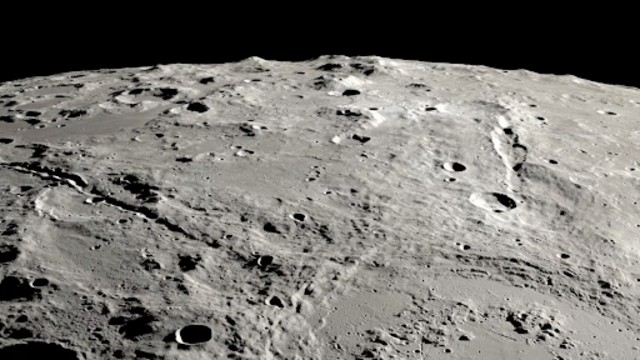
This NASA image captures a stunning view from orbit, showing the moon’s surface. An ancient asteroid impact left behind two massive canyons on the far side, shaping the lunar landscape. AP Photo
NASA is losing four top officials closely tied to its Artemis moon mission, raising concerns about the agency’s future in space exploration. The departures come as discussions about shifting focus to Mars gain momentum, especially with increasing influence from private space companies and government leaders.
One of the major exits is NASA’s associate administrator, who has been a strong supporter of the Artemis program. Sources say he will leave the agency by Saturday. In addition, three high-ranking officials at NASA’s Marshall Space Flight Center in Alabama, a key hub for the Artemis mission, have also announced their retirements. Their roles in procurement, finance, and information are now being handled by temporary replacements.
NASA has not publicly commented on these departures, and no replacement for the associate administrator has been named yet. The sudden leadership changes raise concerns about the stability of the Artemis program, which aims to establish a long-term human presence on the moon.
At the same time, discussions about shifting NASA’s focus to Mars are gaining attention. A well-known space industry leader, who has long supported missions to the Red Planet, is now playing a bigger role in shaping space policies. His company holds $15 billion in NASA contracts, making his influence significant. Meanwhile, the Trump administration has also shown interest in prioritizing Mars over the moon.
The associate administrator, who is leaving, reportedly told colleagues on Wednesday that the decision was difficult. Some NASA officials saw his exit as expected, given ongoing criticism of certain aspects of the Artemis program. The Space Launch System, NASA’s expensive moon rocket, has faced scrutiny for budget overruns.
NASA’s moon-focused strategy was initially set during Trump’s first term, aiming to use the lunar surface as a testing ground for future Mars missions. However, with political and private sector influences shifting, NASA’s direction could change. A major supporter of Mars missions has been increasing his involvement with the Trump administration, and his influence is fueling conversations about prioritizing Mars exploration.
With NASA’s annual budget of around $25 billion, any shift in priorities could impact long-term plans. The agency has spent years restructuring itself to focus on moon exploration. But with new leadership in the White House and private space companies gaining more control, the future of NASA’s lunar ambitions remains uncertain.















